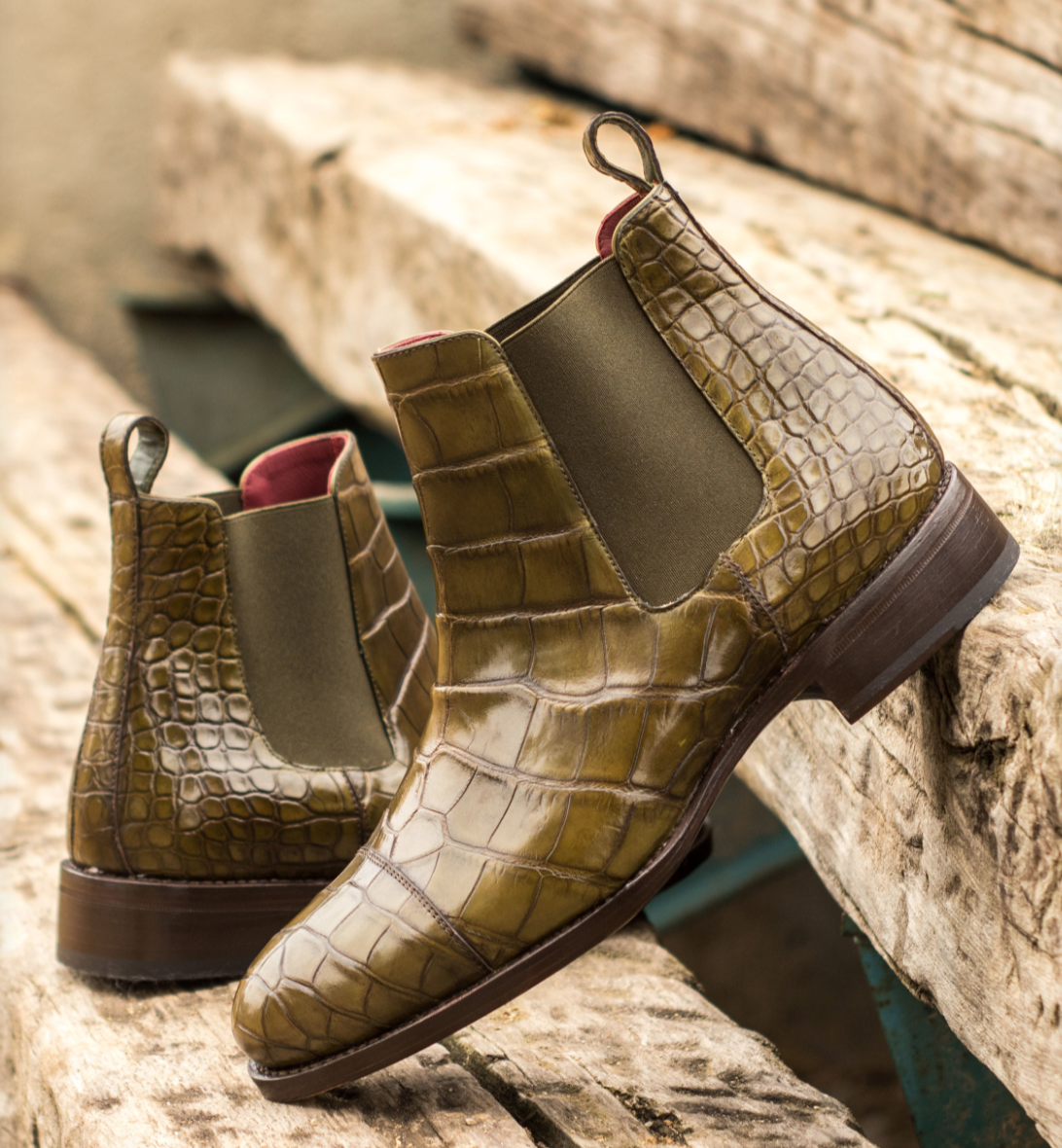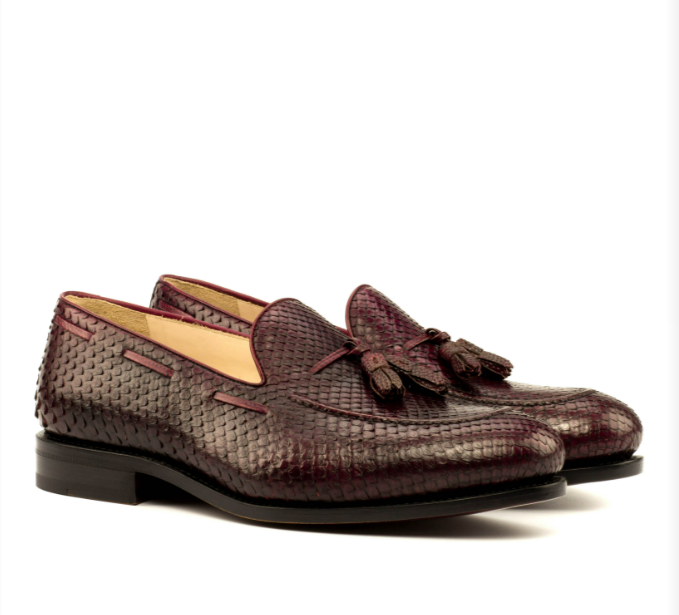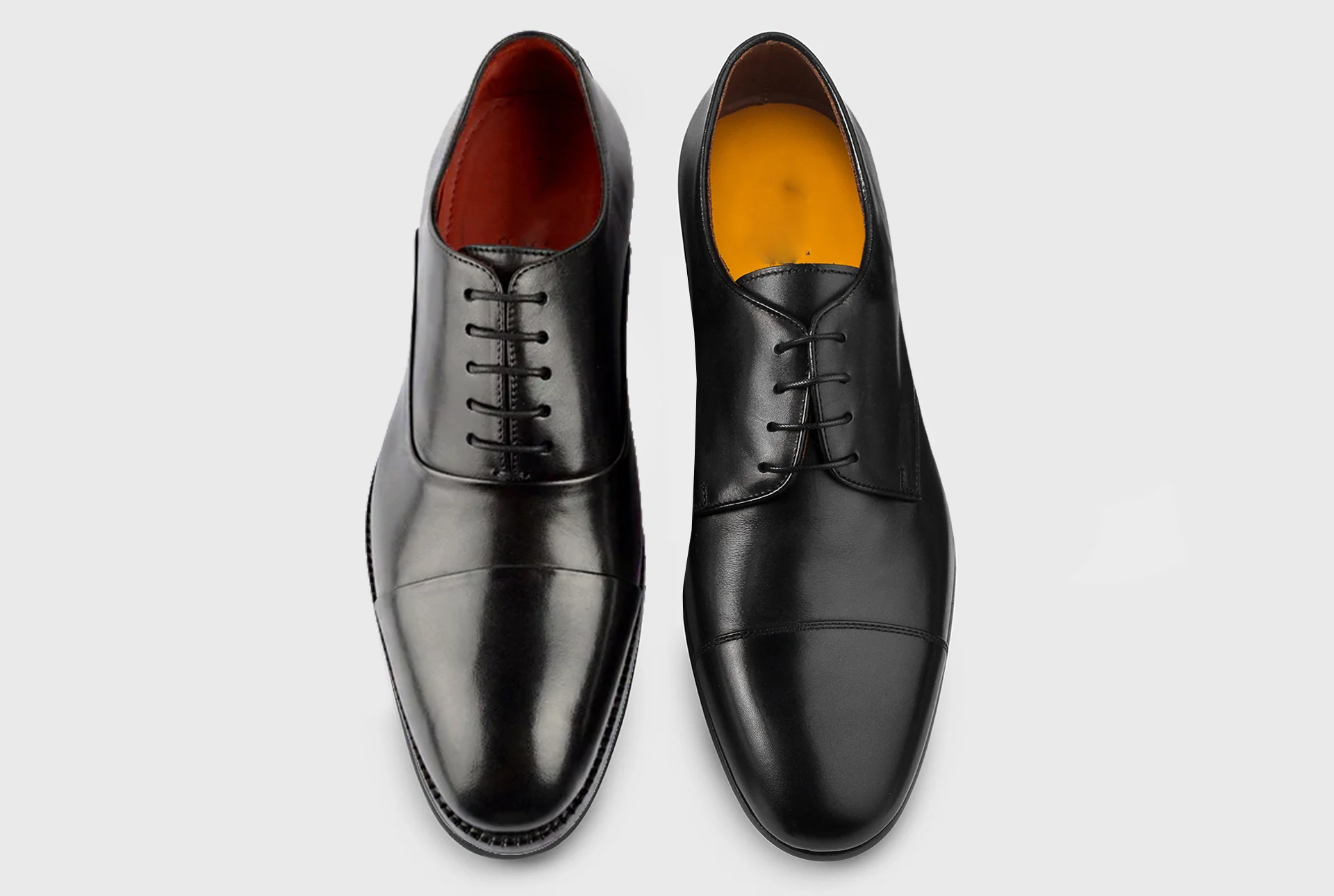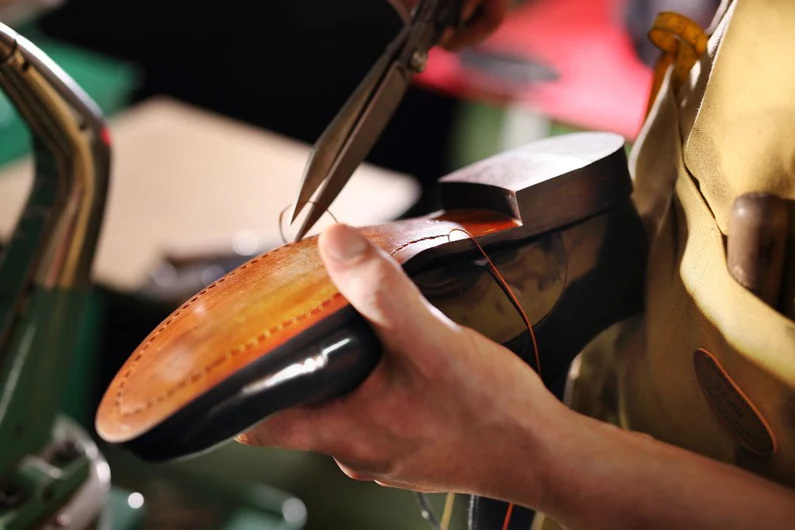Leatherworking has long been a craft rooted in patience, skill, and pride. Before industrial tools and mass production, artisans relied on their hands, intuition, and years of practice to turn raw hides into functional beauty. Whether it was a handmade sheath or a pair of early Oxford shoes, every piece was a reflection of its maker’s dedication. Craftsmanship was a lifestyle—where every detail mattered, and the process was just as important as the result.
The History of Leather and Craftsmanship
From ancient Mesopotamia to the cobbled streets of 19th-century Florence, leather has held a prestigious place in human history. It was used in armor, scrolls, footwear, saddlery, and ceremonial garments. Luxury wasn’t just about owning leather—it was about how it was treated and worked. Exotic hides like crocodile or python leather were reserved for nobility and dignitaries. The hands that shaped them were often part of family lineages of artisans, passing down techniques generation after generation.
From Traditional to Modern Era
Today’s leather artisans may work with modern tools, but the heart of their craft remains unchanged. Precision machinery now helps with cuts and finishes, but the soul of each product is still born from the maker’s touch. The modern craftsperson must now also consider sustainability and source ethical leathers, balancing quality with responsibility. Italian leathers—especially calfskin and vegetable-tanned hides—continue to set the global standard, with their unmatched softness, durability, and aging character. In this era, luxury is defined not just by rarity, but by consciousness and care.
Types of Leather: Texture, Origin, and Purpose
Not all leather is created equal. Different animals yield unique textures, grains, and uses. Calfskin is smooth and perfect for fine leather shoes, while buffalo leather offers toughness ideal for rugged wear. Goatskin is light and supple, perfect for refined pieces, and python leather is bold and eye-catching, a true statement of fashion. Even within the same type, tanning and finishing techniques—especially those from Italian tanneries—can transform the final look and feel. Choosing leather is both a practical and aesthetic decision, guided by experience and intention.
At Jalal SJS, we embrace this rich heritage while bringing it forward for today’s world. Our collections of leather belts and shoes are born from traditional craftsmanship, shaped by modern refinement, and made with some of the world’s most exceptional materials. From hand-selected Italian leathers to rare exotic skins, we work closely with artisans who respect the process as much as the product. For us, leather is more than fashion—it’s a statement of values, artistry, and timeless style.













